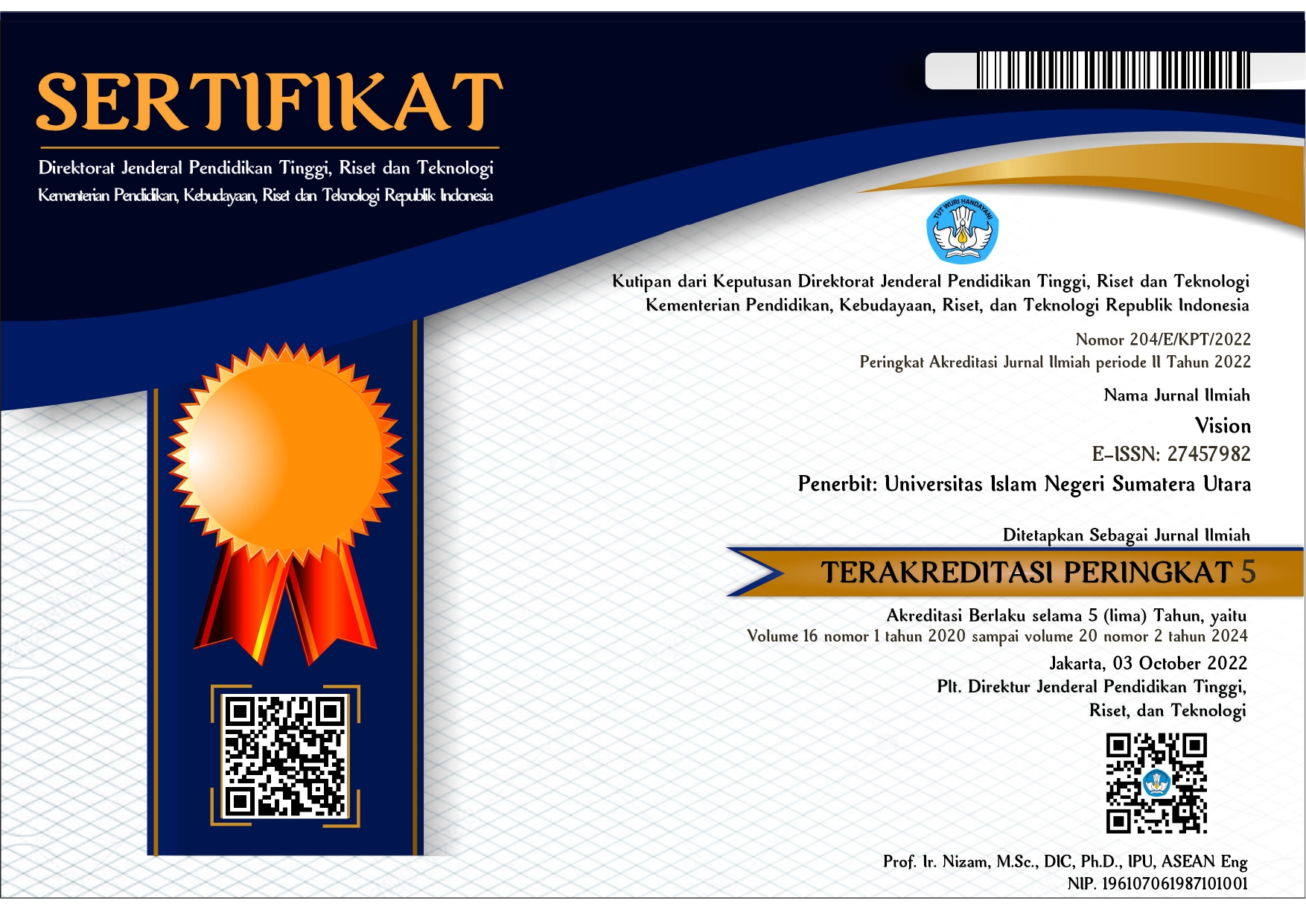THE ACCOMMODATION OF GOALS, BELIEFS AND VALUES OF CONSTRUCTIVISM IN THE TECHNOLOGY-BASE ENGLISH LEARNING AND TEACHING
Abstract
The advancement of technology has significantly transformed the way we study and teach. By effectively utilizing various learning theories, technology can be applied and integrated in a more proficient manner. The relationship between constructivism and technology is closely intertwined, as the application of one field enhances the progress of the other. According to constructivism, technology encompasses the surroundings and designs that actively engage learners, and learning takes place within these specific contexts. In recent times, there have been endeavors to incorporate technology into the classroom based on the principles of constructivist theory. This research paper aims to explore several key topics, including the definition of constructivism, successful integration of technology in the classroom, factors influencing teachers' use of technology, the role of technology in a constructivist learning environment, and how teachers apply learning theories to facilitate more efficient learning experiences.
Keywords
Full Text:
PDFReferences
Bhattarai, P. (2021, May). Effective English language teaching. Journal of Effective English Language Teaching.
Duffy, T.M., & Jonassen, D.H. (Eds). (n.d). Constructivism and the technology of instruction: A Conversation.
Hyslop – Margison E.J., & Strobel, J. (2017). Constructivsm and education : Misunderstandings and pedagogical implications. The Teacher Educator, 43 (1), 72-86. https://doi.org /10.1080/08878730701728945.
Journal of Constructivism Learning Theory: A Paradigm for Teaching and Learning. (2015). Volume 5, Issue 6 Ver. I (Nov-Dec. 2015), PP 66-70.
Journal of Constructivism Theory in Technology-Based Learning. (n.d.). https:// doi.org/10.4018/978-1-5225-5915-3.ch015.
Journal of Educational Ideology. (n.d.). The state’s direction of social development and compliance with national values. https://doi.org/10.5281/zenodo.8417296.
Journal of Informat`ion Technology in ELT (English Learning Teaching). (n.d.), Vol.2 No.4; ISSN: 2639-7412.
Journal of The Role of New Educational Technology in Teaching and Learning: A Constructivist Perspective on Digital Learning. https://doi.org/10.1007/978-3-319-33808_28.
Mvududu N., & Thiel – Burgess J. (2012). Constructivism in practice: The case for English language learbers. International Journal of Education, 4(3).
Ornstein, A. C., & Levine, D. U. (n.d.). Foundations of education. St. John’s University; University of Missouri at Kansas City; University of Nebraska at Omaha.
Pourhosein Gilakjani, A., Mei Leong, L., & Nizam Ismail, H. (2013). Teachers’ use of Technology and Constructivism. International Journal of Modern Education and Computer Science, 5(4), 49–63. https://doi.org/10.5815/ijmecs.2013.04.07
Richardson V. (2003). Constructivist pedagogy. Teachers College Record, 105(9), 1623-1640.
Santhoshi, S. / K., & Babu, M. R. (n.d.). Relevance of constructivist approach in teaching & learning. Retrieved from http://www.srjis.com
Shah, R. K. (2019). Effective constructivist teaching learning in the classroom. Shanlax International Journal of Education, 7(4) 1-13.
Tam M. (2000). Constructivism, instructional design, and technology: Implications for transforming distance learning. Journal Of Educational Technology & Society, 3 (2) 50-60.
Tunjera, N. (n.d). Teacher’s Instructional strategies in preparing pre-service teachers to teach with digital technology in the 21st century (Thesis). Cape Peninsula University of Technology (CPUT ETD).
DOI: http://dx.doi.org/10.30829/vis.v20i2.3832
Refbacks
- There are currently no refbacks.
Copyright (c) 2024 VISION
















